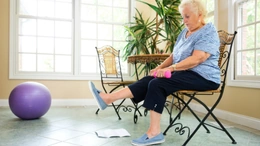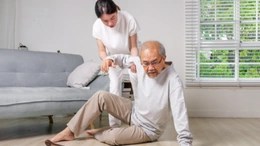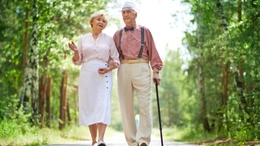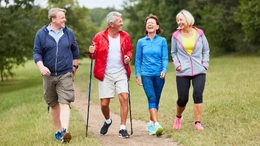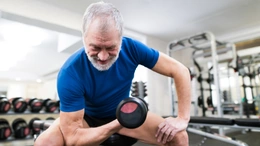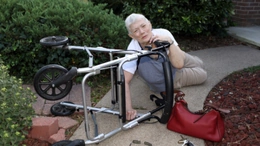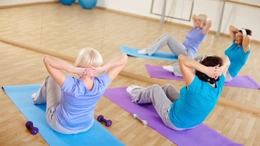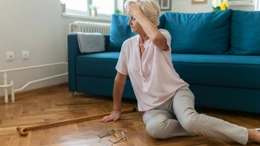Benefits Of Using Walking Canes For Seniors: Boosting Mobility And Independence
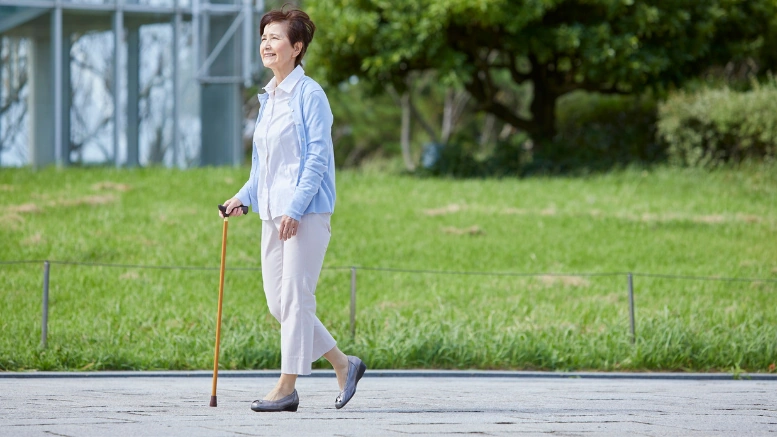
As we age, mobility problems can limit the manner in which we move or interact with the world. Walking becomes a struggle, and simple tasks become overwhelming.
That is why walking canes for seniors are not just an assist; they're an essential tool that guarantees independence. It provides stability, assistance, and confidence to keep on living actively.
How Walking Canes Help Seniors Be Independent And Active
Walking canes not only prevent falls but also restore mobility and allow elderly individuals to cope with life independently without having to depend too heavily on other people.
The following are precise ways in which canes improve mobility and allow the elderly to stay independent.
Reduces Pressure On Joints And Hips
A popular health issue among the elderly is arthritis pain in the hip, knee, and ankle that comes with the stiffness resulting from natural wear and tear.
A walking stick takes off the pressure from an aching limb or joint. Thus, you can move with less pain and without attracting attention from the public.
Old people do not depend on live-in aides for their mobility; instead, they use the walking stick, which also gives them autonomy to move within the house and in nearby places. A walking cane is used to reduce pain and to feel comfortable walking independently during the daytime.
Improves Balance And Prevents Falls
Among the elderly, falling is one of the most dangerous threats to independence. A fall can lead to injury and expensive rehabilitation time.
Walking Sticks provide so much more support to help prevent falls by providing really good balance when negotiating uneven ground, stairs, or slippery floors.
For elders who can walk independently and confidently, they can reduce the burden on others and move more independently. With this balance aid, they can perform everyday tasks and go for leisurely walks on their own.
Improves Postural Alignment And Gait Correction
A poor posture and unstable walking can further restrict mobility and lead to dependence. The cane promotes a straighter, more natural posture and provides the body with a rhythm to move in time.
Better posture and balance make it easier for the elderly to take longer walks with more control. They are, therefore, able to retain mobility in the home or accustomed setting and regain the confidence to walk unaided.
Provides Psychological Confidence While Walking
The elderly who believe that walking is a cause of fear may be reluctant to walk, even though they do not have any health problems that prevent them from doing so. That fear will also lead to social isolation and inactivity. Using a cane for walking means that old people can move around without being afraid.
A person with such psychological freedom can confidently use the park for a walk, go to a social event, or walk around home without any fear. That emotional protection creates more independence and mobility.
Assistance In Navigating Public Areas More Safely
Whether through curbs, navigating parking lots, or maneuvering through crowded stores, navigating public areas can be tough.
A walking cane provides the support seniors need to stay mobile in public areas. Instead of relying on caregivers or family, they can get their loved errands or public outings done on their own.
This kind of steady mobility out in public boosts their sense of control and guarantees that they get to keep their independence while living in a world designed for faster movement.
Fosters Greater Walking Time Without Fatigue
Seniors feel weak or fatigued after short walks. A cane keeps them from becoming too exhausted by transferring some of their body weight. This allows them to walk more miles, like walking around, visiting neighbors, or walking around a museum.
When older adults are able to stay physically active without exhaustion, they are less likely to lose physical and social independence.
Improves Mobility In The Home
Smooth movements, like moving from the living room to the kitchen, can be dangerous when done alone. Canes make it safer in a handy, light package.
With a cane, elderly individuals can move about in their own homes independently, without needing someone to be with them every time. Walking up and down the stairs or out of the bathroom poses no problem with a cane. That is absolute freedom in one's most intimate space.
Complements Recovery After Surgery Or Injury
Many elderly people undergo surgery, such as hip or knee replacement. Postoperative care generally involves walking with reduced weight-bearing. Using a cane allows elderly individuals to recover safely without having to restrict their movement.
Rather than spending time in bed or requiring around-the-clock care, they can easily go back to routine daily activities using their cane. This leads to quicker recovery and sustains their independence even during the most vulnerable times.
Can Be Ergonomic And Custom-Fitted For Specific Conditions
Seniors have different mobility needs. Others may have arthritis that causes instability in their hands or need extra support following a stroke or muscle weakness.
Contemporary walking canes come in several ergonomic designs, many with padded grips, small bases, and adjustable lengths.
Whether they have an imbalance, have one weak leg, or are recovering from surgery, older adults have a comfortable ambulatory aid for every step they take, ensuring they can move freely without pain.
These custom features come together to make walking canes a reliable and efficient everyday option for staying active and independent.
Types Of Walking Canes And How To Choose One
The right cane selection is important for comfort and long-term use. Some of them are:
- Standard Canes: Ideal for mild balance problems and occasional use.
- Offset Canes: Created to balance weight more efficiently for those with greater joint pain.
- Quad Canes: Four points of contact, best for the greatest stability.
- Folding Canes: Excellent for travel or storage when not in use.
American seniors need to see a healthcare professional or physical therapist prior to selecting a cane. An accurately matched cane results in improved mobility, reduced risk, and increased independence to take care of daily life.
Conclusion
Walking canes for seniors provide not just physical support but also confidence and independence to live life to the maximum. The right cane makes movement safer, easier, and much more independent.






